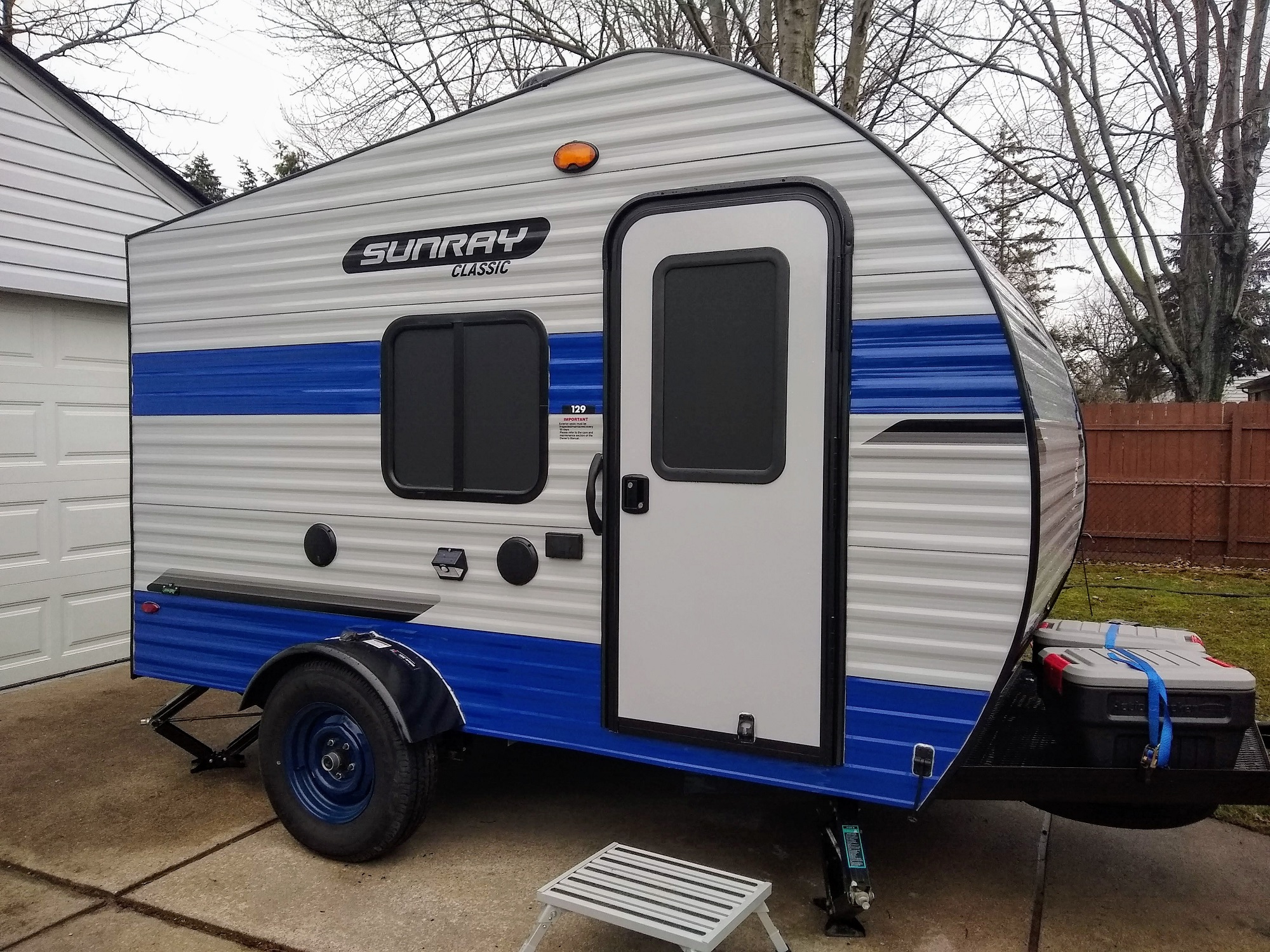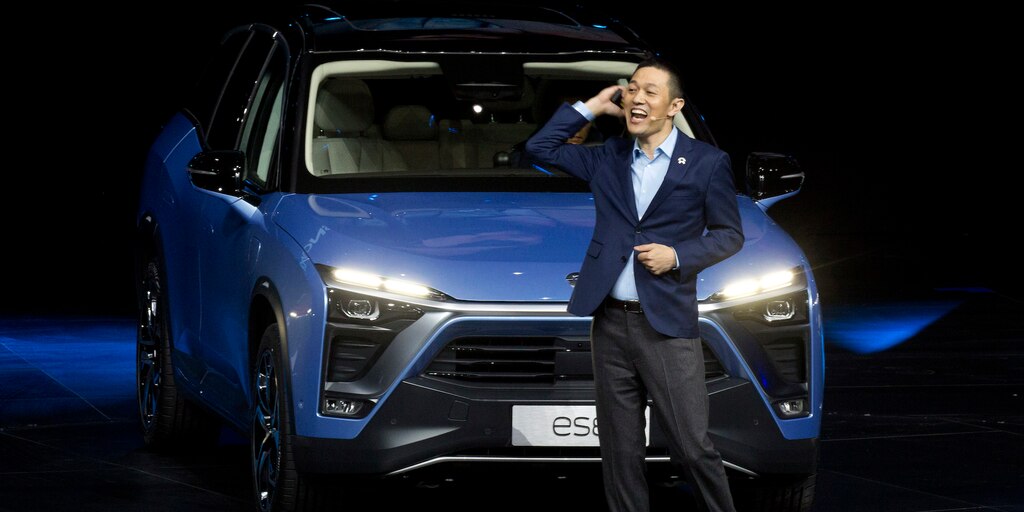Sponsored Links y_carfan via Getty Images The National Transportation Safety Board held a hearing on Tuesday regarding a deadly 2018 crash in which a Tesla Model X slammed into a Mountain View highway divider at 70mph, was subsequently struck by two other vehicles and then exploded. During that announcement, the safety board revealed that the… Continue reading NTSB chair eviscerates Tesla for inaction over Autopilot concerns
Tag: Tesla
Self-driving startup Pony.ai raises $500m in Toyota-led funding
Autonomous driving firm Pony.ai has raised around $500 million in its latest funding round, led by an investment by Japan’s largest automaker Toyota Motor Corp, two people with direct knowledge of the matter told Reuters. Toyota’s cheque of around $400 million marks its biggest investment in an autonomous driving company with a Chinese background, the… Continue reading Self-driving startup Pony.ai raises $500m in Toyota-led funding
For Trucks Like Tesla Cybertruck, Hummer Pickup, Towing Can Kill Range
Will towing significantly reduce the range of the Tesla Cybertruck, Hummer electric pickup, Rivian R1T, Nikola Badger or any of the other upcoming electric pickup trucks from the likes of Ford, General Motors, Bollinger and other? The answer is a solid “yes” and the drop can be substantial, but gas/diesel trucks suffer from this too.… Continue reading For Trucks Like Tesla Cybertruck, Hummer Pickup, Towing Can Kill Range
Nio, the Tesla of China, surges 35% after confirming talks for $1.4 billion in government funding
One of Tesla’s main competitors in China is a step closer to securing funding for additional plants in the region.Under the preliminary agreement, the Hefei government expects to provide resources and funding support for the long-term growth of Nio in the city, the capital of the Anhui province, according to a press release.Nio will provide additional details in the next two months, Reuters reported.
Tesla, and even Apple, get some blame for fatal crash on Autopilot, says NTSB
Tesla, and even Apple, are receiving some harsh criticism from the NTSB regarding a fatal crash on Autopilot in 2018. As we reported yesterday, the National Transportation Safety Board (NTSB) held a board meeting today “to determine the probable cause of the fatal crash.” The crash in question happened on March 23, 2018. A Model… Continue reading Tesla, and even Apple, get some blame for fatal crash on Autopilot, says NTSB
The Deal With Tesla Is Key For FCA’s CO2 Emission Compliance Plan
After years of neglect of electrification, Fiat Chrysler Automobiles (FCA) in Europe (European Union to be precise) faces trouble with meeting requirements to lower the average emission of new car sales to 95 grams of CO2 per kilometer from 2020. The company has shown in its own report that it is unable to comply using… Continue reading The Deal With Tesla Is Key For FCA’s CO2 Emission Compliance Plan
Tesla Model Y May Have Bigger Cast Parts Than Expected
While the Tesla Model Y deliveries will start in just a few days, we are still trying to anticipate the juicy technical details it still hides. How will Tesla cut down on wire harnesses? What role will casting play in its body construction? This last question had the contribution of many experts that got in touch… Continue reading Tesla Model Y May Have Bigger Cast Parts Than Expected
NIO Soars on China Government Deal Bernstein Calls a Bailout
(Bloomberg) — NIO Inc. reached a preliminary agreement to relocate its headquarters to another Chinese city in a deal that would raise much-needed cash. The electric-car maker’s shares surged. The framework pact with the municipal government of Hefei, where NIO’s main manufacturing hub is already located, is still subject to discussion. But in light of… Continue reading NIO Soars on China Government Deal Bernstein Calls a Bailout
Nio, the Tesla of China, surges 35% after confirming talks for $1.4 billion in government funding (NIO)
Ng Han Guan/Associated Press One of Tesla’s main competitors in China is a step closer to securing funding for additional plants in the region. Shares of Nio surged as much as 35% in early trading Tuesday after the company confirmed that it is in talks with the municipal government of Hefei, where its main manufacturing… Continue reading Nio, the Tesla of China, surges 35% after confirming talks for $1.4 billion in government funding (NIO)
UPDATE 2-Chinese EV maker Nio surges on funding talks with Hefei govt
(Adds share price move, analyst note) BEIJING, Feb 25 (Reuters) – Shares in China’s Nio Inc surged more than 30% on Tuesday after it signed framework agreements with Hefei’s city government on a fundraising of more than 10 billion yuan ($1.42 billion) and new manufacturing facilities. Cash-strapped electric vehicle (EV) maker Nio is the most… Continue reading UPDATE 2-Chinese EV maker Nio surges on funding talks with Hefei govt



